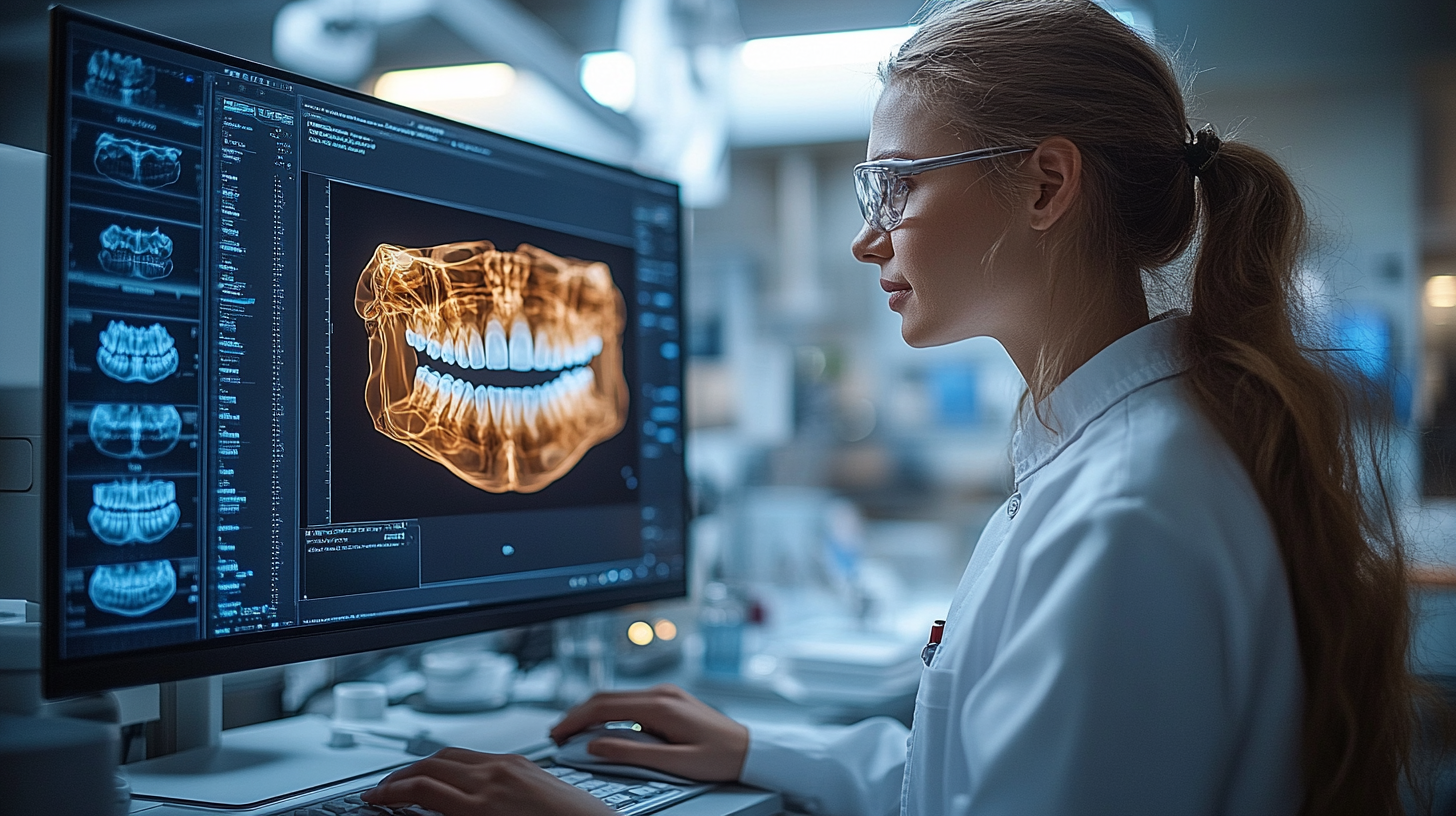
Imagine walking into a dentist’s office filled with the buzzing sounds of machines and the distinct smell of mint. You’re here for your regular checkup, but your dentist tells you that instead of a filling or a crown, they can actually regenerate your tooth. A decade ago, this might have sounded like a scene from a sci-fi novel. Today, it's becoming a reality through the advances in regenerative dentistry—a field that may soon transform dental care as we know it.
Regenerative dentistry is a branch of medicine that seeks to replace or repair damaged teeth and tissues using the body’s natural regeneration processes aided by biological sciences. This field has the potential not only to improve dental treatments but also to revolutionize them, pushing beyond the traditional methods of dentures, bridges, and implants.
The roots of regenerative dentistry are embedded deep in the curiosity and resilience of researchers and scientists worldwide. The journey from lab research to practical, clinical applications in dental offices has been both challenging and rewarding. In this article, let's delve deeper into this fascinating frontier, exploring its progression from theoretical framework to real-world implementation.

The Origins of Regenerative Dentistry
The concept of regenerating dental tissues started taking shape in the early 2000s. Researchers began exploring how to stimulate the body to repair and regenerate its own tissues. The central approach involves using stem cells, scaffolds, and growth factors. Stem cells have the ability to transform into various types of cells, allowing them to replace the damaged cells in the teeth and gums. Scaffolds provide a structure for these cells to grow on, while growth factors stimulate and direct the cells’ growth and differentiation.
In the early days, most of this research took place in small labs, with scientists tackling colossal questions. The goal was ambitious: to regenerate functional, living teeth and associated structures like the periodontium, the complex tissue surrounding and supporting the teeth. These foundational studies laid the groundwork for all the futuristic advancements that were to follow.
Key Breakthroughs in Regenerative Dental Technologies
One breakthrough came in the form of tissue engineering. By combining regenerative cells, biomaterials, and signaling molecules, researchers could mimic natural tooth development in the lab. This process involves cultivating stem cells in a three-dimensional scaffold where they can grow into tooth-like structures. These structures are then implanted into the jawbone, where they integrate with the body’s own tissues.
Another significant innovation was the discovery of using a low-power laser to stimulate stem cells in the body to form dentin, the hard tissue below the surface of a tooth. This discovery highlighted the potential of non-invasive treatments, which could lead to simplified clinical procedures and increased patient comfort.
The Challenge of Translating Lab Successes to the Clinic
Translating these laboratory successes into clinical applications presents immense challenges. For instance, regulatory hurdles ensure that each new technique is safe and effective, requiring vast amounts of research data and numerous clinical trials. Additionally, the cost of developing and implementing new technologies can be prohibitive.
Despite these challenges, some advancements have made their way into clinical settings. Bioactive materials, which help regenerate tooth minerals, are already used in some toothpastes and dental fillings. These materials release ions into the tooth, helping to rebuild decayed areas and prevent further decay.

Current Real-World Applications
Today, several regenerative products and techniques have already found their way into dental practices. These include:
- Guided tissue regeneration (GTR): This surgical procedure uses barrier membranes to direct the growth of new bone and gum tissues at sites with severe gum disease.
- Stem cell therapy: While still in experimental stages, it shows promise for reconstructing lost bone and soft tissue, stimulating healing and regeneration.
- Tissue stimulating proteins: Already used in practices, these proteins encourage bone growth and repair by stimulating the body's natural healing processes.
The Future of Regenerative Dentistry
The future of regenerative dentistry holds incredible promise but also presents challenges that need to be overcome. Researchers are working on protocols for whole tooth regeneration, which would be an absolute breakthrough in clinical dentistry. Advances in genetic engineering and biotechnology might one day allow dentists not just to repair but also to regenerate entire teeth and supporting structures right in the mouth.
Moreover, the incorporation of digital technologies and artificial intelligence in regenerative dentistry could optimize treatment plans and personalized care strategies, leading to better outcomes with predictive healing processes and tailored therapeutic approaches.
Regenerative dentistry is not just enhancing the way dental professionals treat patients; it’s fundamentally transforming the nature of dental care. From a reactive approach that focuses on treating problems as they arise, it moves toward a proactive and preventive model. This shift not only improves individual patient outcomes but potentially decreases the public health burden of dental diseases globally.
As we stand on the brink of these new developments, the journey of regenerative dentistry from the research lab to the dental clinic continues to unfold—promising a brighter and healthier future for patients around the world. This field embodies the spirit of innovation and persistence, driven by the universal desire to heal and improve human health.
As regenerative therapies become more refined and accessible, the day might not be far when a visit to the dentist’s office could involve regenerative treatments that are currently unimaginable. In exploring the depth and scope of regenerative dentistry, we not only anticipate a new era of medical science but also get a glimpse into how fundamental scientific research can translate into life-changing treatments.